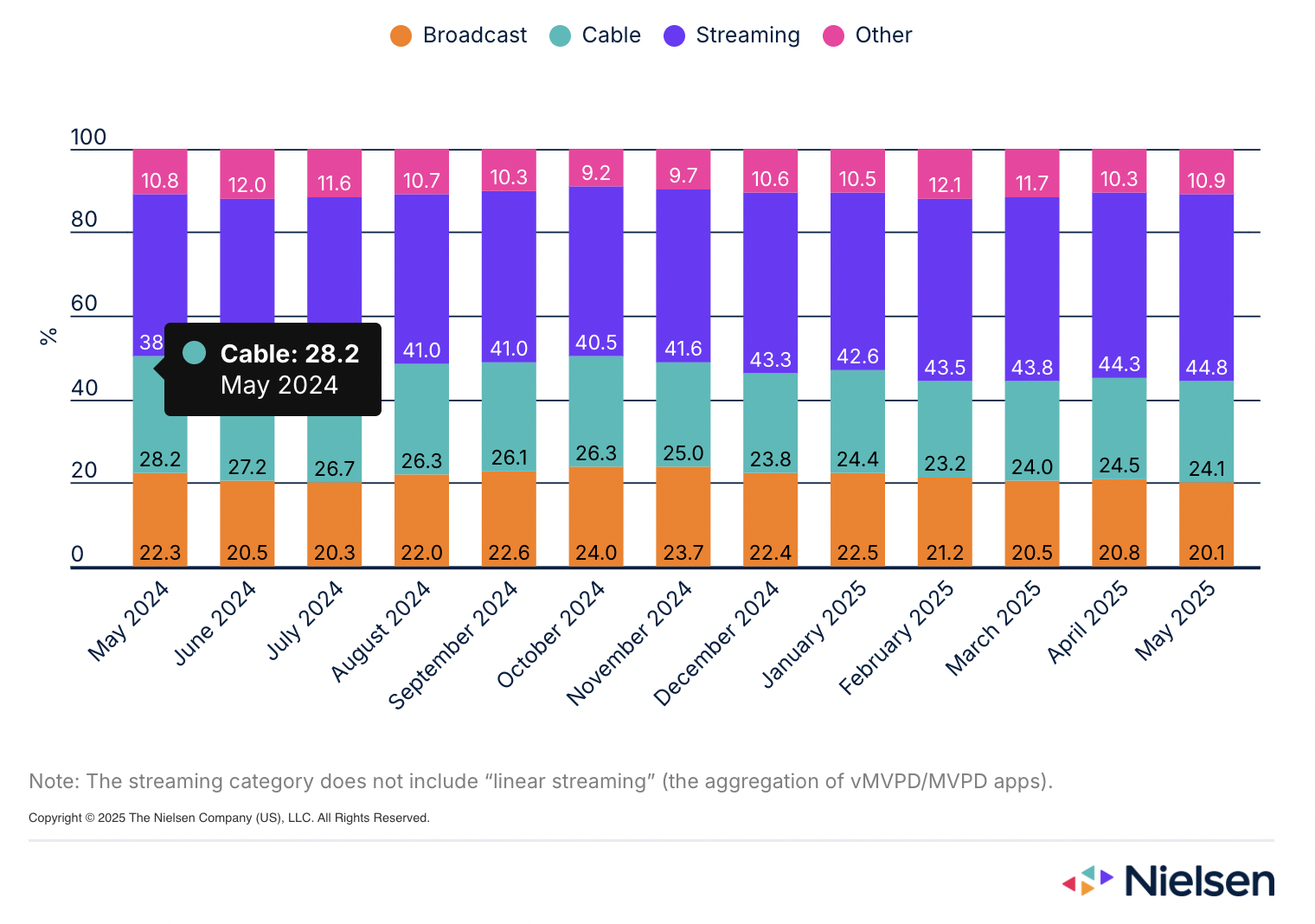CTV is a topic that often comes up in our conversations with clients and partners. Many still talk about it as the future of advertising in Africa — but in reality, it’s already here. From the tools and platforms we use, we can clearly see a rising volume of connected TV (CTV) inventory across African markets. That growth reflects a simple fact: more smart TVs are being connected to the internet, and the CTV ecosystem is steadily expanding.
Of course, brands are not jumping in all at once. There’s still limited understanding of where and how CTV ads appear, and the market needs a bit more education and transparency — much like the early days of programmatic advertising. But momentum is building fast.
So, let’s take a closer look at what CTV advertising actually is, how it’s growing globally, and where the biggest opportunities lie across Africa.
What is CTV advertising?
Connected TV (CTV) advertising is simply TV-like video ads delivered over the internet to a television screen—usually a smart TV or a TV connected via a device (Roku, Apple TV, Amazon Fire TV, gaming consoles). The same big-screen experience as broadcast TV, but delivered through apps.
Why advertisers care: CTV combines TV-quality attention with digital-style precision and flexibility—often at a lower cost than a national broadcast TV buy.
The state of CTV globally
According to PwC’s Global Entertainment & Media Outlook 2025–2029, connected TV (CTV) is among the fastest-growing segments globally. In PwC’s chart on “Fastest-growing E&M sub-segments by CAGR (2025–2029)”, CTV and ad-supported video are highlighted alongside internet advertising as key growth drivers worldwide. This confirms that CTV is no longer a niche channel—it’s one of the primary engines powering global media and advertising expansion.

PwC also notes that OTT video revenues are expected to keep rising steadily, with a growing share coming from ad-supported streaming (AVOD). In other words, more people are choosing platforms that show ads instead of paying full subscription fees. This trend shows how streaming services around the world are shifting toward ad-funded models, which makes CTV advertising even more valuable—it’s where both audiences and ad budgets are moving.
Independent data backs this up. Nielsen The Gauge, February 2025 shows that streaming has reached a historic milestone — for the first time, it has surpassed the combined viewing of broadcast and cable TV globally. Alongside a 71% increase in streaming content available since 2019, this marks a major shift in how people watch television.

The state of CTV in Africa
Reliable, country-level data on CTV households in Africa is still limited. Official communications authority reports on household media access rarely include CTV as a category, and major research studies such as Kantar Africascope also don’t yet measure it directly. This makes it difficult to quantify the true audience size.
However, data from our supply-side and traffic partners (SSP) gives a useful glimpse of current market activity. Over the last 30 days, Equativ platform data shows available CTV ad impressions (ad avails) of roughly 52.4 million in Côte d’Ivoire, 631.2 million in Kenya, 59.8 million in Nigeria, and 189.3 million in South Africa. While ad-avail figures reflect marketplace demand rather than total viewership, they clearly indicate that CTV advertising is already active and expanding across key African markets, led by Kenya and South Africa in current volume.
The opportunity in Africa
Africa’s growing connectivity and urban digital adoption make it a promising frontier for CTV. Rising internet use, more affordable smart TVs, and expanding 4G/5G and fiber networks are unlocking new streaming audiences each year. Urban households with stable broadband and higher incomes are the first adopters, giving advertisers access to premium, tech-savvy audiences often missed by traditional TV.
Hotels and hospitality venues add another layer of opportunity: most now use smart TVs or connected systems, reaching travellers and tourists with strong spending power. And because CTV offers a big-screen, TV-like experience at a lower cost than traditional broadcast, it’s an efficient way for brands to gain high-impact visibility across premium screens.
Conclusion
Globally, CTV is now one of the fastest-growing channels in media, and Africa is steadily joining that trend. Although audience measurement and official reporting are still catching up, real marketplace data already shows clear signs of adoption and advertiser interest. As connectivity continues to expand and smart TV ownership grows, Africa’s CTV landscape will quickly mature — offering brands the reach, targeting, and cost efficiency that modern campaigns demand.
References:
- PwC’s Global Entertainment & Media Outlook 2025–2029, pxc.com↗
- Nielsen The Gauge, February 2025, nielsen.com↗
- Communications Authority of Kenya. ICT Analytical Report Based on 2023–2024 Kenya Housing Survey. ca.go.ke↗
- National Bureau of Statistics (Nigeria). General Household Survey – Panel Wave 5 (2023/24). nigerianstat.gov.ng↗
- ARTCI – Autorité de Régulation des Télécommunications/TIC de Côte d’Ivoire. (2025). Mini Magazine ARTCI Info, No. 5 (Février 2025). artci.ci ↗


.png)

